Running 3-Phase Machines in a Single-Phase Shop
Gareth's Tips, Tools, and Shop Tales - Issue #54
Running 3-Phase Machines in a Single-Phase Shop
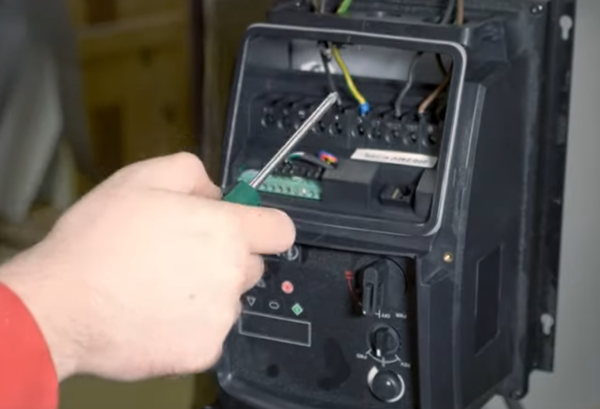
Put a VFD on it.
James of Malt & Make sent me a message and a link to his recent video on running 3-phase machinery in a single-phase shop using a Variable Frequency Drive (VFD): “… you can use three-phase tools in the home shop on single-phase power using a VFD. It’s something that’s made a big difference to my maker life, specifically that I’ve been able to buy used industrial tools for a low price at auctions… which I’m choosing to think of as a money saving exercise!”
Making Your Own Coiled Cabling
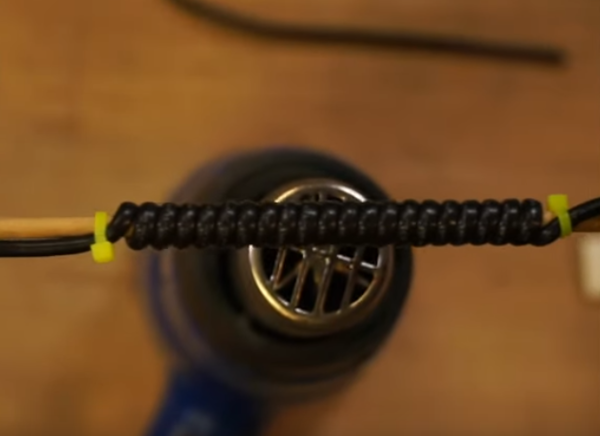
Go retro with coil cords
In this video by our ol’ pal, John Park, he demonstrates how you can use the thermoforming properties of most plastic-based equipment cabling (e.g. USB cables) to create coiled cables. Basically all you need is a heat gun, a dowel, and some zip-ties.
3D Printing Custom-Fit Face Masks
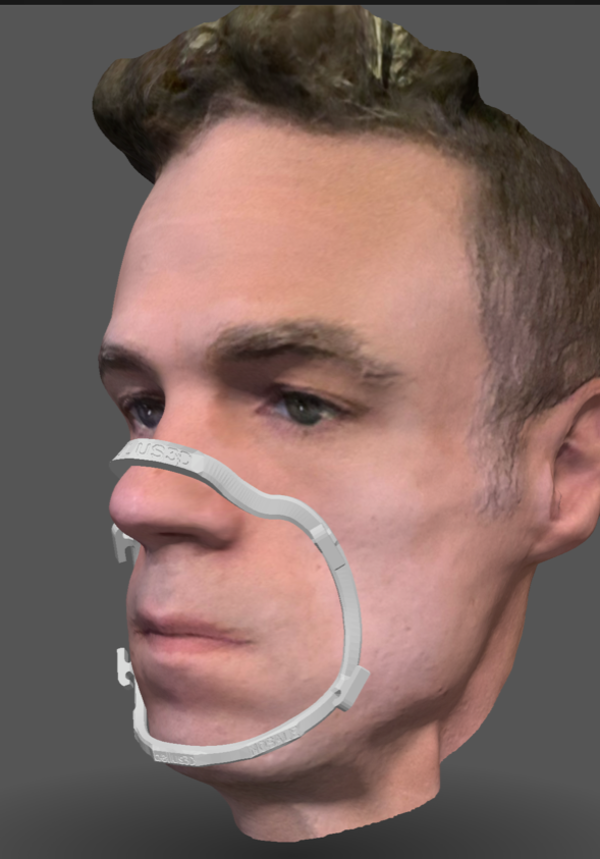
Mind the gap with a custom 3D mask fitter.
DC-area artist and maker, Dave Mordini, sent me link to the Bellus 3D Mask Fitter frame app. It allows you to use 3D scanning to create a mask frame that’s perfectly fit to the contours of your face. The frame then goes over a typical surgical mask, giving you a mask with the minimum amount of edge leakage.
Consider the “Opportunity Cost” of Shop Space
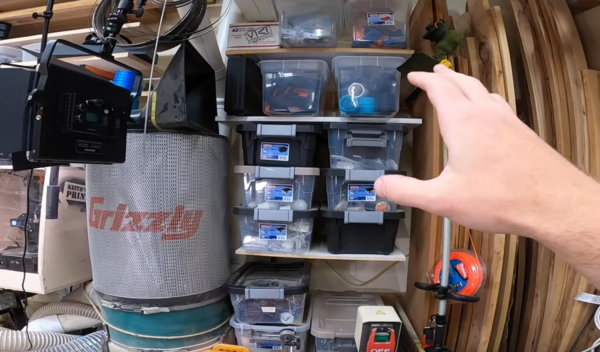
How much does the space in your shop “cost” you?
My former Make: colleague Tyler Winegarner sent me a link to this Keith’s Garage video which makes an excellent point. When organizing your workshop, think of the cost of the space (in terms of use, convenience, economy of motion, etc). Is where things are the best use of that space? Keith calls this the “opportunity cost.” Spend it wisely.
Pen and Marker Organizer
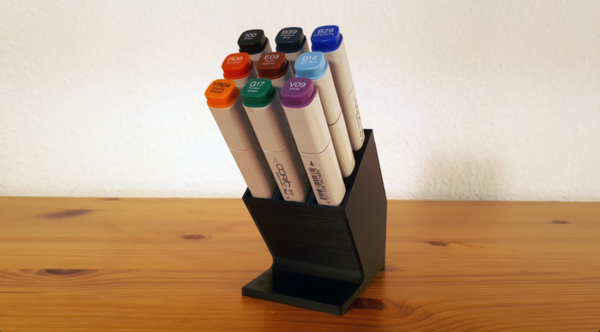
3D printable custom pen holders.
I have a Letraset marker organizer that I love from my former life as a graphic designer. The markers holster at an angle and allow you to see the color and PMS color number on the butt of the marker. This pen/marker holder on Thingiverse uses that same angled design and can be expanded to fit your storage needs. I might be begging a friend with a printer to make me some of these.
Preventing Nails from Splitting Wood
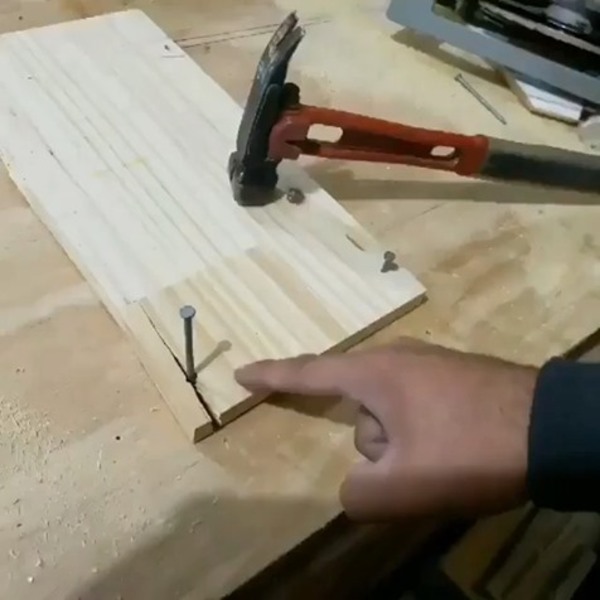
It’s better with a blunt.
On the Instagram channel for Custom Builds and Products, they explain in a brief video why it’s actually a good idea to blunt the tip of a nail when driving it into thin, soft wood where splitting is likely. Basically, the sharp tip of the nail acts as a wedge that splits the grain. A blunted tip compresses the wood around it. Watch the video for the full explanation. Science!
Shop Talk
On the Cool Tools site, newsletter reader LarryA2010 took exception to my mentioning that I’d used WD-40 to stop a squeaky door hinge (frankly, it’s all I had on hand at that moment):
“…you don’t necessarily want to use WD-40 to lubricate anything. It isn’t really a lubricant. It is mostly a cleaner/degreaser and water displacer (supposedly).
I have been searching for a solution for years. I’ve tried WD-40, 3-in-1 Oil, Tri-Flow, B’Laster PTFE and graphite spray, silicone spray, powdered graphite, WS2 (Tungsten Disulfide), directly in the hinges and removing the pins. They all work for about two or three months before they dry out and the squeak comes back. I finally did an exhaustive search online and the consensus that made the most sense to me was using Lithium grease. Most posts said to remove the pins from the hinges but that is laborious and often at least one pin is really stuck and requires hammer and screwdriver. So I looked at the SDS and found out that it is 10-20% each of hydrotreated light naphtha and hydrotreated heavy naphthenic. I put a good size dab of the grease into a needle-tip PE squeeze bottle and topped it up with VM&P naphtha (close enough) and added a ball bearing to aid mixing. It dissolved instantly. Now all I have to do is dribble the thin liquid from the top of the hinge just under the collar of the pin until it starts leaking at the bottom of the pin onto a paper towel. The operation is clean and so far this has lasted a lot longer than any other lube I tried. The only problem is the naphtha evaporates between uses even with an added O-ring in the cap. Topping up is not that bothersome though considering that this works so well.”
07/23/20(Gareth’s Tips, Tools, and Shop Tales is published by Cool Tools Lab. To receive the newsletter a week early, sign up here. — editors)






